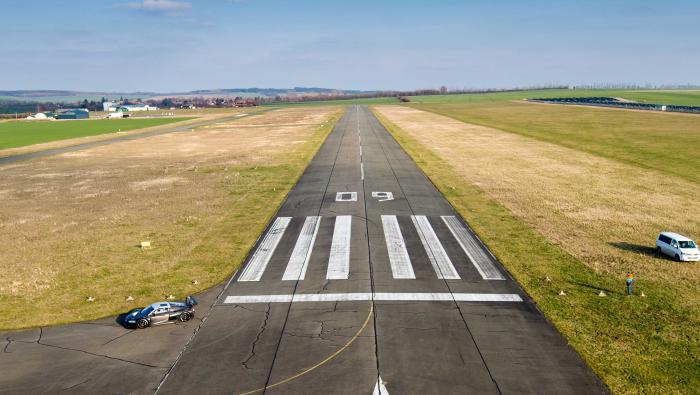The Part 91-operated McDonnel Douglas MD-87 involved in the October 19 runway excursion accident following a rejected takeoff at Houston Executive Airport had jammed elevators, the NTSB said yesterday. Agency investigators found that the airplane’s left and right elevators were jammed in a trailing-edge-down position and neither elevator could be moved when manipulated by hand.
"Both inboard actuating cranks for both elevator’s geared tabs were bent outboard, and their respective links were bent," said the NTSB. "Both actuating cranks and links were found locked in an overcenter position beyond their normal range of travel." The elevators, horizontal stabilizer, and control tabs have been retained by the NTSB for further examination, as were the CVR and FDR.
According to flight crew interviews, at the rotate callout, the captain tried to pull back on the control column but indicated that it felt like it was “in concrete.” About the time the first officer made the V2 callout, the first officer also attempted to pull back on the control column. The first officer then called abort and retarded the thrust levers, and the captain deployed the thrust reversers. The captain indicated that the autobrake system was in rejected takeoff (RTO) mode, and it applied maximum wheel braking.
The airplane, bound for Boston, overran the end of Runway 36, went through the airport perimeter fence and powerlines, and came to rest about 1,400 feet beyond the end of the runway. Of the 23 passengers and crew, two passengers were seriously injured and one received minor injuries. A post-crash fire destroyed most of the airplane except for the tail section.
In its report on a similar accident in 2017, the NTSB noted “the lack of a means to enable flight crews of Boeing DC-9/MD-80 series and 717 model airplanes to verify before takeoff that the elevators are not jammed.”







